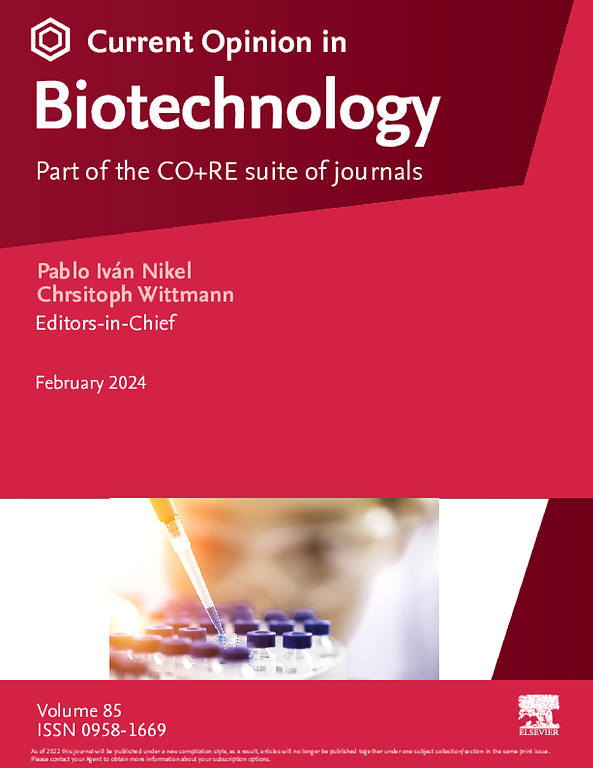利用生物电化学传感器建立碳呼吸的机理和数据驱动模型
IF 7.1
2区 工程技术
Q1 BIOCHEMICAL RESEARCH METHODS
引用次数: 0
摘要
生物电化学传感器 (BES) 技术是为测量废水中的可溶性碳浓度而开发的。然而,在受控实验室环境中开发的架构和分析方法无法预测生物电化学传感器在水资源回收设施(WRRF)现场部署时的行为。在此,我们探讨了将 BES 集成到环境传感网络和机器学习算法中以监测水资源回收设施中的生物降解碳动态和微生物新陈代谢的可能性和障碍。这种方法凸显了 BES 在实时了解整个 WRRF 的生物可降解碳消耗情况方面的潜力。本文章由计算机程序翻译,如有差异,请以英文原文为准。
Mechanistic and data-driven modeling of carbon respiration with bio-electrochemical sensors
Bioelectrochemical sensor (BES) technologies have been developed to measure soluble carbon concentrations in wastewater. However, architectures and analytical methods developed in controlled laboratory environments fail to predict BES behavior during field deployments at water resource recovery facilities (WRRFs). Here, we examine the possibilities and obstacles associated with integrating BESs into environmental sensing networks and machine learning algorithms to monitor the biodegradable carbon dynamics and microbial metabolism at WRRFs. This approach highlights the potential of BESs to provide real-time insights into full-scale biodegradable carbon consumption across WRRFs.
求助全文
通过发布文献求助,成功后即可免费获取论文全文。
去求助
来源期刊

Current opinion in biotechnology
工程技术-生化研究方法
CiteScore
16.20
自引率
2.60%
发文量
226
审稿时长
4-8 weeks
期刊介绍:
Current Opinion in Biotechnology (COBIOT) is renowned for publishing authoritative, comprehensive, and systematic reviews. By offering clear and readable syntheses of current advances in biotechnology, COBIOT assists specialists in staying updated on the latest developments in the field. Expert authors annotate the most noteworthy papers from the vast array of information available today, providing readers with valuable insights and saving them time.
As part of the Current Opinion and Research (CO+RE) suite of journals, COBIOT is accompanied by the open-access primary research journal, Current Research in Biotechnology (CRBIOT). Leveraging the editorial excellence, high impact, and global reach of the Current Opinion legacy, CO+RE journals ensure they are widely read resources integral to scientists' workflows.
COBIOT is organized into themed sections, each reviewed once a year. These themes cover various areas of biotechnology, including analytical biotechnology, plant biotechnology, food biotechnology, energy biotechnology, environmental biotechnology, systems biology, nanobiotechnology, tissue, cell, and pathway engineering, chemical biotechnology, and pharmaceutical biotechnology.
 求助内容:
求助内容: 应助结果提醒方式:
应助结果提醒方式:


